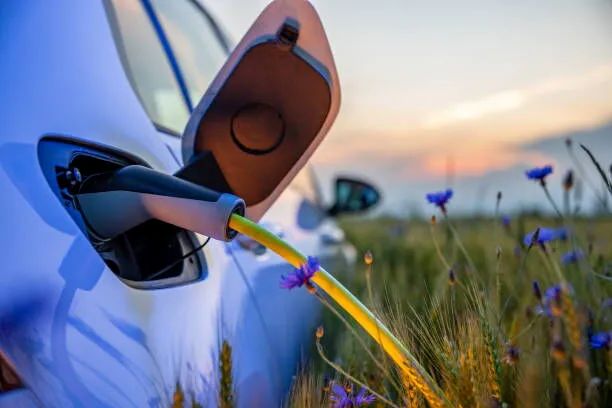


EV Gas Stations: Transitioning from Gas Pumps to Electric Charging Hubs
As the world accelerates toward electrification, fuel retailers are facing a significant challenge: transitioning from traditional gas pumps to electric vehicle (EV) charging infrastructure. While adding China EV chargers to gas stations may seem like a straightforward upgrade, the reality is far more complex—marked by costly installations, evolving technologies, and uncertain business models.
Today, most gas stations that offer EV charging focus on DC fast chargers. These chargers can power an electric vehicle to 80% in just 20 to 30 minutes—mimicking the speed and convenience of traditional refueling. Some stations also provide Level 2 chargers, which are slower and better suited for longer dwell times such as at retail centers or workplaces.
Installing high-speed EV chargers is expensive. Depending on the site’s infrastructure, the cost per unit can range from $50,000 to over $200,000. This includes expenses for electrical upgrades, new transformers, site preparation, and more. Older stations, in particular, may need extensive retrofitting to meet modern power demands.
Unlike traditional fuel sales with well-established profit margins, EV charging offers unclear returns. Pricing models are still evolving, and some consumers expect free or very low-cost charging. As a result, gas stations must find alternative revenue sources—such as offering food, beverages, and retail experiences—to make the economics work.
EV chargers take up valuable real estate, often reducing available parking or traffic flow. Moreover, they require regular maintenance, user support systems, and sometimes 24/7 monitoring—further increasing operational overhead.
Increasing the availability of EV chargers is essential to support widespread adoption. Here are key strategies to improve infrastructure:
Deploy Chargers in High-Traffic Areas: Focus on locations with long dwell times—such as apartment complexes, shopping malls, municipal buildings, office parks, and transit hubs.
Promote Awareness: When businesses invest in EV infrastructure, they should publicize it to inspire others to follow and inform EV users of available charging options.
Educate the Public and Stakeholders: Building awareness about the benefits of EV charging stations can drive demand and influence public and private investment.
To ease the transition, BCG offers several strategic recommendations for fuel retailers:
EV drivers may spend 20 to 40 minutes charging, so gas stations must reimagine their service model. Offering clean seating areas, food options, and digital conveniences can transform charging downtime into a positive experience.
Fuel retailers should provide loyalty programs, mobile payment options, promotional offers, and user-friendly apps to keep customers engaged and coming back.
Collaborating with EV charger manufacturers, energy companies, and governments can provide access to grants, tax credits, and subsidies. These partnerships also help navigate regulations and technical planning, reducing the financial burden.
Before installation, a thorough assessment of the site’s electrical capacity is essential. High-powered chargers often require significant upgrades, including new service lines and transformers.
Chargers should be installed in locations that are easily accessible but do not interfere with traditional fueling operations. Planning for future scalability—such as room for additional chargers—is also critical.
Gas stations must obtain proper permits and licenses. Working with local authorities and experienced EV infrastructure providers helps ensure compliance with regional safety and zoning requirements.
Due to the high voltage used in EV charging, stations must have safety shut-offs, clear signage, emergency protocols, and trained personnel. Regular maintenance is also crucial to ensure long-term reliability.
The global shift toward sustainable energy is reshaping transportation—and fuel stations must evolve accordingly. Transitioning to EV charging is not just about replacing fuel pumps; it’s about rethinking the entire business model. This includes creating engaging customer environments and offering integrated services that align with the needs of EV users.
With thoughtful planning, smart partnerships, and a focus on the user experience, fuel retailers can position themselves as leaders in the clean energy transition. Those who adapt now will not only stay relevant but thrive in a future where electric mobility is the norm.Know more about China Manufacturer
